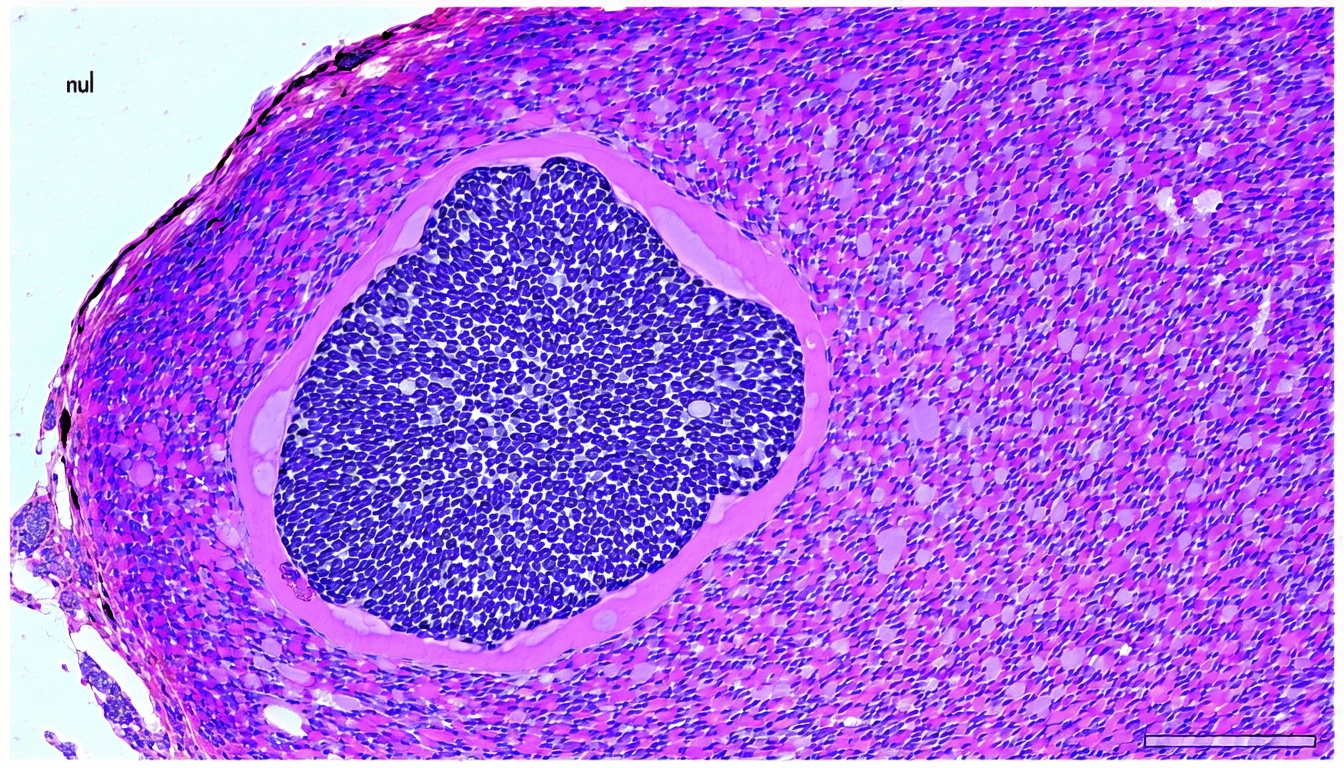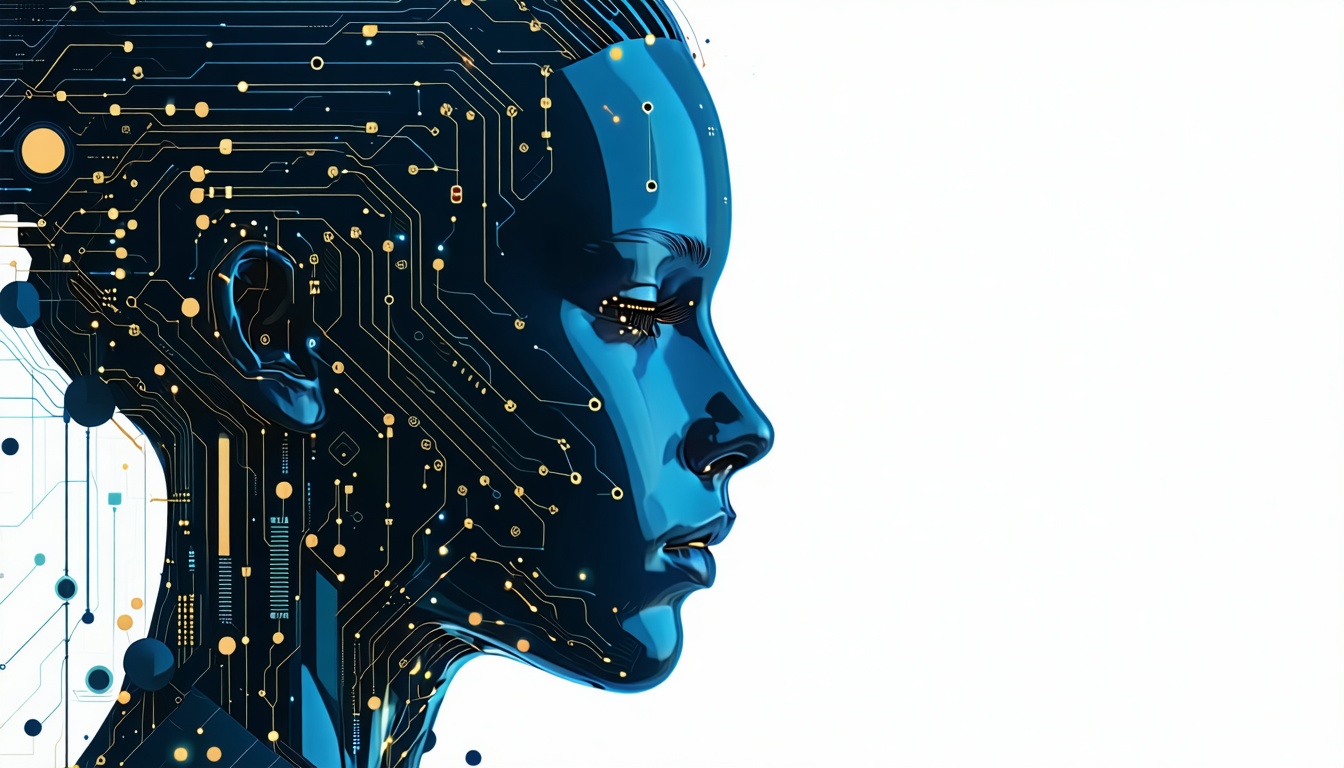Advancements in Pathology Image Analysis
The field of pathology is undergoing significant transformation due to advancements in technology, particularly through the integration of artificial intelligence (AI). This evolution is reshaping how pathologists analyze images and make diagnoses.
The Role of AI in Pathology
AI plays a crucial role in enhancing the capabilities of pathology image analysis software. By utilizing machine learning algorithms, AI can assist in identifying patterns and anomalies in medical images that may be difficult for the human eye to detect. This technology not only improves diagnostic accuracy but also reduces the time required for analysis.
AI systems can be trained on vast datasets of pathology images, allowing them to learn from previous cases and improve their predictive capabilities. This is particularly beneficial in areas such as cancer diagnosis, where early detection is critical. For more insights on this topic, refer to our article on ai in cancer diagnosis.
| AI Application | Benefits |
|---|---|
| Image Recognition | Identifies abnormalities in tissue samples |
| Predictive Analytics | Forecasts disease progression |
| Workflow Automation | Streamlines the diagnostic process |
Evolution of Pathology Image Analysis Software
Pathology image analysis software has evolved significantly over the years. Initially, these tools were basic and primarily focused on manual image processing. However, with advancements in technology, modern software now incorporates sophisticated algorithms and AI capabilities.
The evolution can be categorized into several phases:
| Phase | Description |
|---|---|
| Manual Analysis | Early software required manual input and analysis |
| Digital Imaging | Introduction of digital slides for easier access |
| AI Integration | Incorporation of machine learning for enhanced analysis |
| Real-Time Analysis | Current software offers real-time insights and feedback |
As the software continues to advance, it is becoming increasingly integrated with existing healthcare systems, allowing for seamless data sharing and collaboration among healthcare professionals. For more information on how AI enhances pathology workflows, visit our article on ai-enhanced pathology workflows.
The advancements in pathology image analysis software are paving the way for more efficient and accurate diagnostics, ultimately benefiting patient care and treatment outcomes.
Key Features of Next-Gen Software
Next-generation pathology image analysis software incorporates several key features that enhance its functionality and effectiveness in the healthcare sector. These features include automation and efficiency, accuracy and precision, and integration with existing systems.
Automation and Efficiency
Automation is a significant feature of modern pathology image analysis software. By automating routine tasks, these systems reduce the workload on pathologists and laboratory technicians. This leads to faster turnaround times for diagnostic results, allowing healthcare providers to make timely decisions.
| Feature | Benefit |
|---|---|
| Automated Image Analysis | Reduces manual workload |
| Workflow Automation | Streamlines processes |
| Real-Time Data Processing | Accelerates diagnosis |
The efficiency gained through automation not only improves productivity but also minimizes the potential for human error. For more insights on how automation is transforming diagnostics, refer to our article on automated pathology diagnosis.
Accuracy and Precision
Accuracy and precision are critical in pathology, where diagnostic decisions can significantly impact patient outcomes. Next-gen software utilizes advanced algorithms and machine learning techniques to enhance the accuracy of image analysis.
| Metric | Traditional Methods | Next-Gen Software |
|---|---|---|
| Diagnostic Accuracy (%) | 85 | 95 |
| Error Rate (%) | 10 | 5 |
The use of deep learning in pathology allows for more precise identification of abnormalities in tissue samples. This capability is essential for improving diagnostic accuracy and ensuring that patients receive appropriate treatment. For further exploration of this topic, see our article on deep learning in pathology.
Integration with Existing Systems
Seamless integration with existing healthcare systems is another vital feature of next-gen pathology image analysis software. This capability allows for smooth data exchange between different platforms, enhancing overall workflow efficiency.
| Integration Type | Description |
|---|---|
| Electronic Health Records (EHR) | Facilitates access to patient data |
| Laboratory Information Systems (LIS) | Streamlines lab operations |
| Imaging Systems | Ensures compatibility with imaging modalities |
By integrating with current systems, pathology image analysis software can enhance the overall efficiency of healthcare workflows. This integration supports the development of ai-enhanced pathology workflows that improve patient care and operational effectiveness.
Benefits of Pathology Image Analysis Software
Pathology image analysis software offers numerous advantages that can significantly enhance the diagnostic process and overall healthcare delivery. This section outlines the key benefits, including improved diagnostic accuracy, enhanced workflow efficiency, and the potential for personalized medicine.
Improved Diagnostic Accuracy
One of the primary benefits of pathology image analysis software is its ability to improve diagnostic accuracy. By utilizing advanced algorithms and machine learning techniques, these systems can analyze images with a level of precision that often surpasses human capabilities. This leads to more reliable diagnoses and reduces the likelihood of errors.
| Diagnostic Accuracy Improvement | Traditional Methods | AI-Enhanced Methods |
|---|---|---|
| Sensitivity | 85% | 95% |
| Specificity | 80% | 90% |
| Overall Accuracy | 82% | 93% |
The integration of AI in cancer diagnosis has shown promising results in identifying malignancies at earlier stages, which is crucial for effective treatment.
Enhanced Workflow Efficiency
Pathology image analysis software streamlines workflows by automating repetitive tasks and reducing the time required for image evaluation. This allows pathologists to focus on more complex cases and enhances overall productivity within the laboratory.
| Workflow Efficiency Metrics | Before Implementation | After Implementation |
|---|---|---|
| Average Time per Case (minutes) | 30 | 15 |
| Cases Processed per Day | 20 | 35 |
| Staff Hours Saved per Week | 10 | 25 |
The use of automated pathology diagnosis tools can significantly reduce turnaround times, leading to faster results for patients and improved satisfaction for healthcare providers.
Potential for Personalized Medicine
Pathology image analysis software also plays a vital role in the advancement of personalized medicine. By analyzing large datasets and identifying specific biomarkers, these systems can help tailor treatment plans to individual patients based on their unique pathology profiles.
| Personalized Medicine Benefits | Traditional Approaches | AI-Enhanced Approaches |
|---|---|---|
| Treatment Customization | Limited | High |
| Patient Outcomes | Variable | Improved |
| Research and Development | Slow | Accelerated |
The integration of deep learning in pathology allows for more precise identification of patient-specific characteristics, paving the way for targeted therapies and better health outcomes.
The benefits of pathology image analysis software are substantial, making it an essential tool for businesses looking to develop AI healthcare solutions. By improving diagnostic accuracy, enhancing workflow efficiency, and enabling personalized medicine, these systems are transforming the landscape of pathology and diagnostics.
Challenges and Considerations
As businesses explore the implementation of pathology image analysis software, several challenges and considerations must be addressed to ensure successful integration and operation.
Data Privacy and Security
Data privacy and security are paramount when dealing with sensitive medical information. Pathology image analysis software often requires access to patient data, which must be protected against unauthorized access and breaches. Compliance with regulations such as HIPAA (Health Insurance Portability and Accountability Act) is essential to safeguard patient confidentiality.
| Data Privacy Considerations | Description |
|---|---|
| Encryption | Use of encryption methods to protect data during transmission and storage. |
| Access Control | Implementation of strict access controls to limit who can view and manipulate data. |
| Regular Audits | Conducting regular audits to identify and address potential vulnerabilities. |
Regulatory Compliance
Navigating the regulatory landscape is crucial for businesses developing AI solutions in healthcare. Pathology image analysis software must comply with various regulations set by health authorities. This includes ensuring that the software meets safety and efficacy standards before it can be used in clinical settings.
| Regulatory Compliance Aspects | Description |
|---|---|
| FDA Approval | Obtaining necessary approvals from the FDA for software classified as a medical device. |
| Clinical Trials | Conducting clinical trials to validate the software’s effectiveness and safety. |
| Documentation | Maintaining thorough documentation to demonstrate compliance with regulatory requirements. |
Training and Adoption
Successful implementation of pathology image analysis software requires adequate training for healthcare professionals. Users must be familiar with the software’s features and functionalities to maximize its benefits. Resistance to change can also pose a challenge, as staff may be hesitant to adopt new technologies.
| Training and Adoption Strategies | Description |
|---|---|
| Comprehensive Training Programs | Developing training programs that cover all aspects of the software. |
| User Support | Providing ongoing support to address questions and concerns during the transition. |
| Feedback Mechanisms | Establishing feedback channels to gather user input and improve the software experience. |
Addressing these challenges is essential for businesses looking to build effective AI healthcare solutions. By focusing on data privacy, regulatory compliance, and user training, organizations can enhance the adoption and success of pathology image analysis software. For more insights on AI applications in healthcare, explore our articles on ai in cancer diagnosis and deep learning in pathology.
Future Trends in Pathology Image Analysis
The landscape of pathology image analysis is rapidly evolving, driven by advancements in technology and the increasing integration of artificial intelligence (AI). Several key trends are shaping the future of this field, including AI-driven predictive analytics, enhanced collaboration through telepathology, and the ethical and legal implications of these technologies.
AI-Driven Predictive Analytics
AI-driven predictive analytics is set to revolutionize pathology image analysis by enabling more accurate predictions regarding patient outcomes. By analyzing vast amounts of data from pathology images, AI algorithms can identify patterns that may not be visible to the human eye. This capability allows for earlier detection of diseases and more informed treatment decisions.
| Feature | Description |
|---|---|
| Data Analysis | AI algorithms analyze historical data to identify trends. |
| Outcome Prediction | Predictive models forecast patient outcomes based on image analysis. |
| Risk Assessment | AI assesses the risk of disease progression or recurrence. |
The integration of predictive analytics into pathology image analysis software can enhance diagnostic capabilities and support personalized medicine approaches. For more insights on AI applications in diagnostics, refer to our article on ai in cancer diagnosis.
Enhanced Collaboration and Telepathology
Telepathology is gaining traction as a means to facilitate collaboration among pathologists, especially in remote or underserved areas. This technology allows for the transmission of pathology images over the internet, enabling specialists to consult on cases from different locations. Enhanced collaboration can lead to improved diagnostic accuracy and faster turnaround times.
| Benefit | Description |
|---|---|
| Remote Consultations | Pathologists can collaborate in real-time, regardless of location. |
| Access to Expertise | Smaller facilities can access specialized knowledge from larger institutions. |
| Improved Patient Care | Faster diagnoses lead to timely treatment decisions. |
The rise of telepathology is supported by advancements in pathology image analysis software, which can streamline the sharing and review of images. For more information on how AI enhances pathology workflows, check out our article on ai-enhanced pathology workflows.
Ethical and Legal Implications
As AI technologies become more integrated into pathology image analysis, ethical and legal considerations must be addressed. Issues such as data privacy, informed consent, and accountability for diagnostic errors are critical. Organizations must ensure compliance with regulations while also fostering trust among patients and healthcare providers.
| Consideration | Description |
|---|---|
| Data Privacy | Safeguarding patient information is paramount. |
| Informed Consent | Patients should be aware of how their data is used. |
| Accountability | Clear guidelines are needed for AI-driven diagnostic decisions. |
Navigating these ethical and legal implications will be essential for the successful implementation of pathology image analysis software. For insights into the role of deep learning in this field, refer to our article on deep learning in pathology.
The future of pathology image analysis is promising, with AI technologies paving the way for enhanced diagnostics and improved patient outcomes.
Want to grow your business online with smarter strategies? Kara Digital offers data-driven digital marketing services and powerful AI solutions to help you scale faster and more efficiently. Let’s turn your vision into measurable success.











